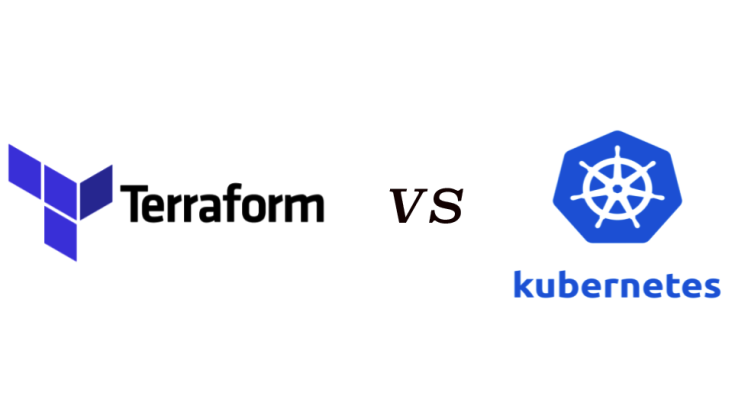In today’s world, where technology is rapidly evolving, businesses are looking for new and efficient ways to manage their IT infrastructure. Two popular tools that have emerged in recent years are Terraform and Kubernetes. While both these tools help manage IT infrastructure, they differ in their approach and functionality. In this article, we will explore the differences between Terraform and Kubernetes and their use cases.
What is Terraform?
Terraform is an open-source infrastructure-as-code (IAC) tool that allows developers to create, manage, and version infrastructure in a safe and efficient manner. With Terraform, developers can write code to define their infrastructure and version it just like any other software code. This allows teams to manage infrastructure in a similar way as they would manage their application code.
What is Kubernetes?
Kubernetes is an open-source container orchestration tool that helps manage and deploy containerized applications. Kubernetes automates the deployment, scaling, and management of containerized applications, making it easier for developers to manage their applications in production. Kubernetes is designed to work with a variety of containerization platforms like Docker, CRI-O, and others.
Differences between Terraform and Kubernetes
While Terraform and Kubernetes are both used for infrastructure management, they differ in their approach and functionality.Let’s explore some important ways these two tools differ:
Approach
Terraform is an infrastructure-as-code tool, which means that developers write code to define their infrastructure. On the other hand, Kubernetes is a container orchestration tool, which means that it is designed to manage containerized applications.
Functionality
Terraform is used to create, manage, and version infrastructure resources like virtual machines, networks, and storage. Kubernetes, on the other hand, is used to manage and deploy containerized applications.
Use Cases
Terraform is typically used for infrastructure provisioning and management. It is used to create and manage infrastructure resources like virtual machines, networks, and storage. Kubernetes, on the other hand, is used for container orchestration and deployment. It is used to manage and deploy containerized applications.
Diagram
Here’s a diagram that illustrates the differences between Terraform and Kubernetes:
Terraform vs Kubernetes: Which One to Choose?
Choosing between Terraform and Kubernetes depends on your specific use case. If you need to manage and version infrastructure resources, Terraform is the way to go. On the other hand, if you need to manage and deploy containerized applications, Kubernetes is the right choice.
Conclusion
In conclusion, Terraform and Kubernetes are two powerful tools that are used for infrastructure management and deployment. While they differ in their approach and functionality, they both play an important role in modern IT infrastructure. Choosing between Terraform and Kubernetes depends on your specific use case, and understanding the differences between the two is key to making the right decision.
We hope that this article provides you with the information you need to make an informed decision about Terraform and Kubernetes. Don’t hesitate to contact us if you have any questions or need more information. We’re here to help!


